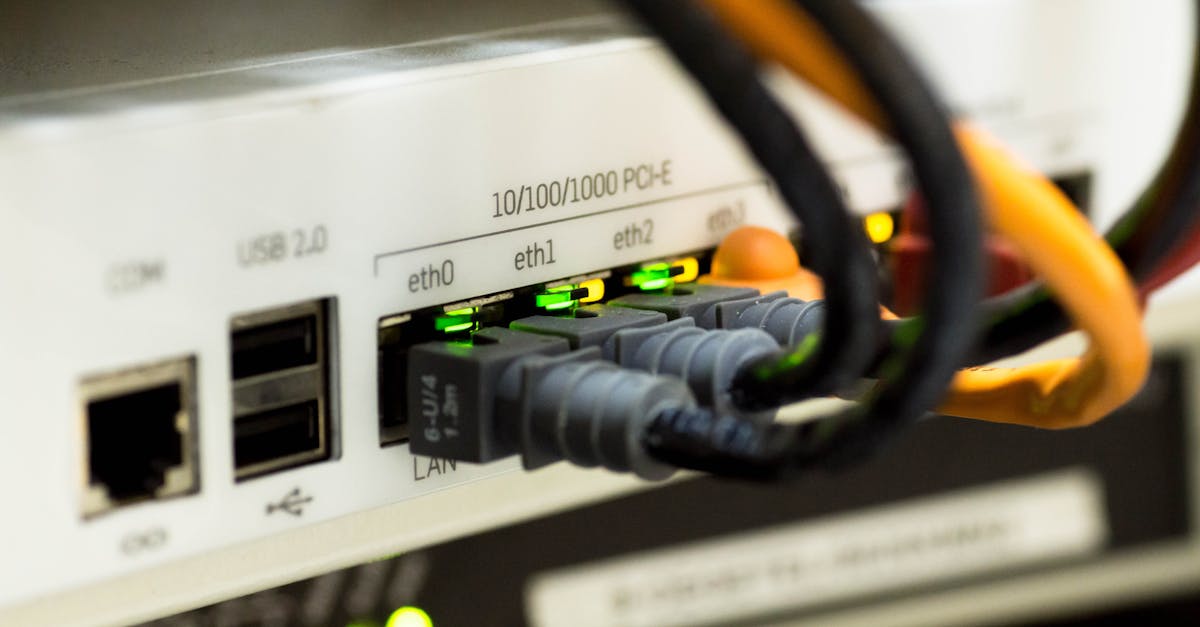In a world where your toaster might be smarter than your high school math teacher, the Internet of Things (IoT) is revolutionizing everyday life. From smart homes to connected cars, these devices promise convenience and efficiency. But as they multiply, so do the security challenges lurking in the shadows. Who knew your fridge could be a gateway for cybercriminals?
As these gadgets become more integrated into our lives, the stakes get higher. It’s not just about keeping your data safe; it’s about protecting your entire ecosystem from unwanted intrusions. Understanding the IoT security challenges isn’t just a techie concern—it’s a necessity for anyone who enjoys the perks of modern technology without the fear of an unexpected visit from a digital burglar. Let’s dive into the wild world of IoT security and discover how to keep those pesky hackers at bay.
Table of Contents
ToggleOverview of IoT Security Challenges
The rise of IoT significantly increases the number of connected devices, amplifying potential security threats. Cybercriminals often exploit weaknesses within these devices to gain unauthorized access. Many IoT devices exist with outdated software, making them vulnerable to attacks.
Data privacy presents another serious concern. Sensitive information collected by devices can be intercepted and misused if proper security measures aren’t implemented. A lack of encryption further exacerbates this risk, allowing unauthorized entities to access personal data.
Interconnectivity among devices increases complexity. With numerous devices on a single network, a breach in one can lead to a domino effect, compromising multiple systems. This interconnectedness demands robust security protocols to address vulnerabilities effectively.
Authentication difficulties persist in many IoT environments. Weak or default passwords often leave devices open to unauthorized access. Strengthening authentication mechanisms is essential for safeguarding devices and networks.
Regulatory compliance adds another layer of challenge. Organizations must navigate a landscape of varying regulations, often lacking clear guidelines specifically for IoT security. Compliance becomes crucial to protect against legal repercussions while ensuring robust security practices.
The rapid evolution of technology contributes to an ongoing arms race between developers and cyber threats. As new vulnerabilities are discovered, security measures must continuously adapt. Staying informed on emerging threats equips users and organizations to bolster their defenses.
Common Vulnerabilities in IoT Devices
IoT devices face several vulnerabilities that can expose users to various risks. Understanding these challenges helps in implementing effective security measures.
Lack of Standardization
Lack of standardization in IoT devices leads to inconsistencies in security protocols. Various manufacturers use different operating systems, causing incompatibility issues. Inconsistent security measures create vulnerabilities that cybercriminals exploit. The absence of common guidelines makes it difficult to ensure devices are secure. Many devices utilize outdated software, worsening security risks associated with a lack of uniform standards.
Insecure Communication Protocols
Insecure communication protocols pose a major threat to IoT security. Devices often transmit sensitive data over unencrypted channels, allowing attackers to intercept information easily. Many IoT devices rely on outdated protocols that lack robust security features. Inadequate encryption increases the risk of unauthorized access to personal data. Using weak or improperly configured protocols makes devices susceptible to man-in-the-middle attacks, compromising their integrity.
Threats to IoT Ecosystem
The IoT ecosystem faces various security threats as the number of connected devices grows. Understanding these threats is essential for users and organizations alike.
Malware and Ransomware
Malware poses a significant risk to IoT devices, often infiltrating networks due to weak security measures. Ransomware attacks specifically target smart devices, encrypting critical data and demanding ransom for recovery. Developers frequently overlook device security, leaving backdoors open for cybercriminals. Devices running outdated software are particularly vulnerable since they lack essential security updates. Whenever attackers exploit these vulnerabilities, the consequences can be severe, resulting in financial losses and compromised personal data. Keeping firmware updated helps mitigate these risks, emphasizing the need for robust security practices across the ecosystem.
Data Breaches and Privacy Issues
Data breaches remain a critical concern within the IoT landscape, often resulting in unauthorized access to sensitive personal information. Hackers frequently target interconnected devices, exploiting weak encryption and insecure communication channels to intercept data. Privacy issues arise as smart devices collect vast amounts of personal data without sufficient protection. Many users remain unaware of how their information is stored and shared, increasing susceptibility to breaches. Regulations call for stricter data protection protocols, yet compliance can be challenging due to inconsistency in standards across manufacturers. Emphasizing secure data transmission methods helps bolster privacy protection and reduces the likelihood of breaches occurring.
Strategies for Mitigating IoT Security Challenges
Addressing IoT security challenges requires effective strategies to enhance defenses and protect sensitive information.
Device Authentication and Access Control
Implementing strong device authentication significantly reduces security risks. Companies must utilize multi-factor authentication to ensure that only authorized users gain access to devices. Employing unique passwords for each device further strengthens security, as weak or default passwords pose substantial vulnerabilities. Role-based access control systems can limit user permissions, minimizing the impact of potential breaches. Regularly reviewing and updating access controls ensures that only necessary personnel retain access to sensitive devices. Incorporating these measures creates a robust foundation for safeguarding user data and maintaining integrity across IoT networks.
Regular Software Updates and Patching
Keeping software up-to-date is essential for mitigating vulnerabilities in IoT devices. Manufacturers must provide timely updates to address identified security flaws. Automating the software update process can streamline this critical task, ensuring devices receive patches without user intervention. Organizations should establish a routine for monitoring and applying updates, prioritizing those that address critical threats. Outdated software often becomes an easy target for cybercriminals, making regular maintenance a priority for all IoT ecosystems. By prioritizing software updates and patching, users can significantly decrease their risk of exposure to compromised devices.
Future of IoT Security
Preparing for the future of IoT security involves addressing many emerging challenges. Device manufacturers are increasingly recognizing the need for standardized security protocols. Such standards can help ensure consistent protection across diverse devices, reducing vulnerabilities stemming from outdated software.
Adopting advanced encryption methods represents a critical step in enhancing data security. These techniques can secure communication channels and safeguard sensitive information from interception. Additionally, incorporating machine learning into IoT security systems enables real-time threat detection, allowing for quicker responses to potential breaches.
Implementing multi-factor authentication is crucial for robust security. By requiring multiple verification methods, it significantly reduces the risk of unauthorized access. Regular software updates are just as important, as they patch known vulnerabilities and improve overall device security.
Regulatory compliance continues to evolve, demanding that organizations stay informed about new guidelines. Adhering to these regulations helps minimize legal risks and fosters user trust. Furthermore, ongoing education about best practices for IoT security empowers users to take proactive measures in protecting their devices.
Considering the interconnectedness of devices also plays a vital role in shaping future security strategies. A breach in one device can quickly compromise an entire network. Therefore, developing comprehensive security frameworks that prioritize inter-device communication safety is essential.
Investing in innovative security solutions will likely become more important as the IoT landscape expands. Exploring new technologies can aid in mitigating risks while providing enhanced protection against cyber threats. The future of IoT security lies in continuous adaptation and vigilance, ensuring safety in a rapidly evolving digital world.
Conclusion
The landscape of IoT security is complex and constantly evolving. As smart devices become more integrated into daily life the risks associated with their vulnerabilities grow. Ensuring robust security measures is crucial for protecting sensitive data and maintaining user trust.
Adopting advanced encryption methods and implementing strong authentication protocols can significantly reduce exposure to threats. Additionally staying informed about emerging vulnerabilities and regulatory requirements is essential for both individuals and organizations.
Ultimately investing in innovative security solutions and fostering a culture of vigilance will be key to navigating the challenges posed by the IoT ecosystem. The future of connected technology depends on the ability to adapt and enhance security measures as the digital world continues to expand.



